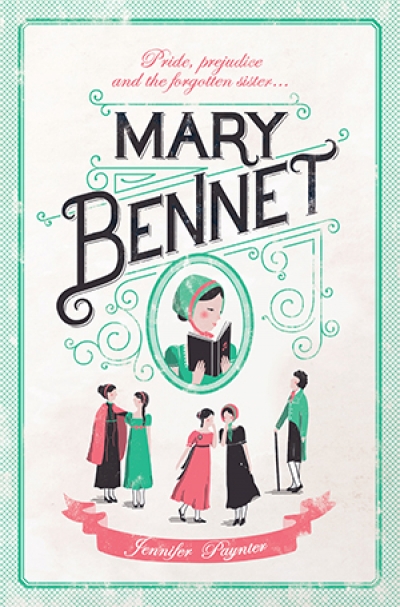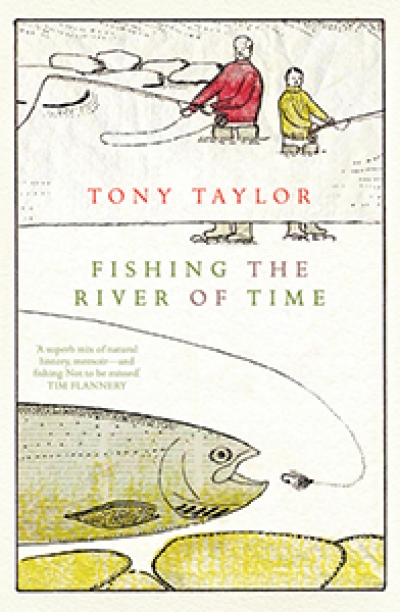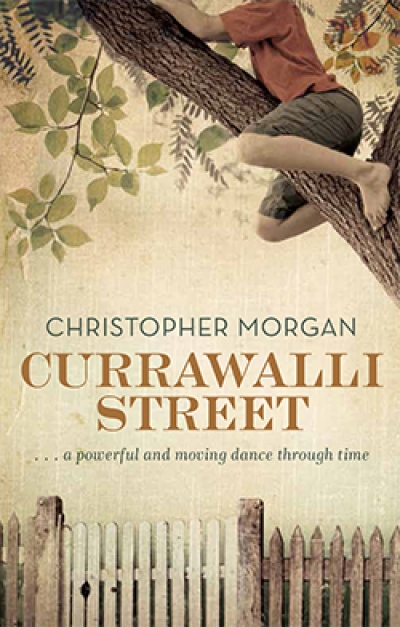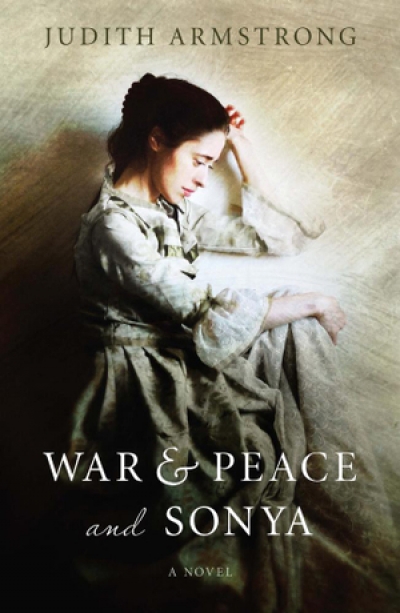Carol Middleton
Carol Middleton is a journalist, arts critic and author, based in Melbourne. Her short story awards include second place in The Age competition 2010. Her fiction and nonfiction have been published in the anthologies Melbourne Subjective, Ink3 and Vine Leaves Literary Journal. She is working on a memoir in essays.
This is the modest memoir of a remarkable man. At the age of eighty, geologist Tony Taylor travels from Sydney to Vancouver Island to meet his eight-year-old grandson Ned and take him fishing on the Cowichan River. Half a lifetime earlier, in 1968, Taylor had spent a formative two years in that wilderness. He is eager now to give his grandson the same education.
... (read more)
Currawalli Street is Christopher Morgan’s second novel for adults. Set in a suburb north of Melbourne, the novel is divided into two parts. It follows the lives of the street’s residents on the brink of World War I, then skips to 1972, when one of the grandsons of the original residents returns from the Vietnam War.
... (read more)
Judith Armstrong, a Russian and French scholar, has translated the diaries of Tolstoy’s wife, Sonya, to form the focus of her second novel. Armstrong combines an intimate knowledge of Russian literature with a close reading of the couple’s diaries to create a convincing portrait of their volatile relationship through forty-eight years of marriage.
... (read more)
The latest work by bestselling Tasmanian novelist Rachael Treasure is a collection of short stories, written at various stages of her career. At the age of thirteen, Treasure began writing mock Mills & Boon stories with her friends. The influence, and the mocking tone, are still there in the square-jawed heroes with chocolate- (or coffee-) coloured eyes and dark curls, but the stories veer in ... (read more)
The Lace Tablecloth is the second novel by Anastasia Gessa-Liveriadis, who was born in Macedonia in 1935. It is the story of Tasia, who ostensibly serves as the author’s alter ego, living through World War II and the civil war in Macedonia, before emigrating to Australia as a young woman.
... (read more)
After her success with Addition (2008), Toni Jordan is back with a second novel, Fall Girl, an attempt, according to Jordan, to recreate on the page the romantic screen comedies of the 1940s, 1950s, and 1960s. There are echoes of the zoology professor in search of million-dollar funding in Bringing Up Baby, the steamy flirtations in a luxury location of To Catch a Thief, and the witty repartee and ... (read more)
Elizabeth Stead’s fifth novel is set in 1948, when newly independent women, who kept the wheels of industry turning during World War II, were resuming full-time household duties. Stead, who married a naval officer in the 1950s, would have seen this domestic dynamic played out around her. The Sparrows of Edward Street tells the story of a family – a widow and her two teenage daughters – who s ... (read more)
The language of wallpaper is entrancing: a velvet flock, a Réveillon arabesque, a Dufour panoramic. After ten years’ research and writing, Lyn Hughes’s fourth novel, Flock, is rich with the texture and imagery of wallpaper.
... (read more)





